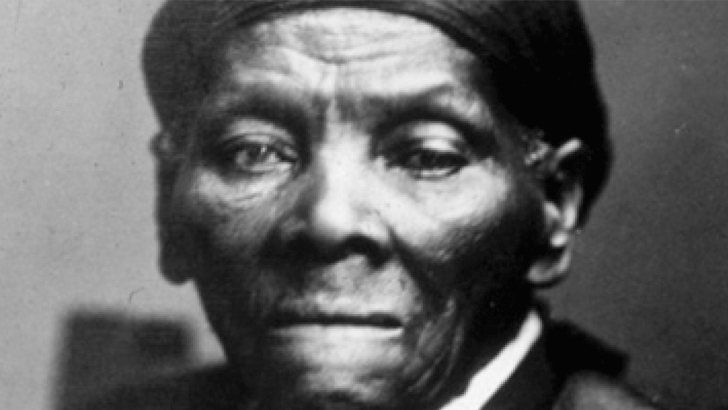Harriet Tubman, the rebel conductor

The most famous of the African-American abolitionists, Frederick Douglass, said about anti-slavery activist Harriet Tubman:
“Most that I have done and suffered in the service of our cause has been in public, and I have received much encouragement … You, on the other hand, have laboured in a private way. I have wrought in the day – you in the night. The midnight sky and the silent stars have been the witnesses of your devotion to freedom and of your heroism.”
Tubman dedicated her long life to the liberation of Black slaves: helping them to escape their masters, organising public resistance and even leading battalions in the US Civil War.
She was born into slavery in 1820 and from a very young age was put to work doing both field and domestic labour. Slaves had control over few aspects of their lives. But to be human is to struggle, and Tubman inherited a sense of defiance from her mother, Rit. When a trader approached Rit’s owner to buy the slave’s youngest son, Moses, she rebelled.
As the trader came toward the slave quarters to seize the child, Rit told him, “You are after my son; but the first man that comes into my house, I will split his head open.” The owner and the trader backed away and abandoned the sale. For Tubman, this rebellion emphasised the possibilities of resistance to the dehumanising practice of slavery.
From an early age, she stood up for others. For her pains, she suffered greatly. In one encounter, Tubman defended another young slave against a beating from his overseer. As the other slave ran to avoid the attack, the overseer threw a brick at him, but came up short. The weight struck Tubman instead. It “broke my skull”, she said.
Bleeding and unconscious, Tubman was returned to her owner’s house and laid on the seat of a loom, where she remained without medical care for two days. She was sent back into the fields “with blood and sweat rolling down my face until I couldn’t see”. This incident left Tubman with permanent brain damage – but it did not deter her.
After marrying, Tubman decided she would escape from her master. She was familiar with the highways, byways, swamps, marshes, farms and lanes of the area and walked 145 kilometres to Pennsylvania. When she crossed the state line, she said, “I looked at my hands to see if I was the same person. There was such a glory over everything; the sun came like gold through the trees, and over the fields, and I felt like I was in Heaven.”
Despite this sense of relief, Tubman did not sit still. She joined the Underground Railroad, and became one of its most successful “conductors”. The Underground Railroad was a route out of the southern slave-owning states, supported by a network of individuals who hid escaped slaves in their homes. Despite the dangers, Tubman made 19 trips into the South and escorted more than 300 slaves to freedom. As she once proudly pointed out: “I was conductor of the Underground Railroad for eight years, and I can say what most conductors can’t say – I never ran my train off the track and I never lost a passenger.”
During the US Civil War, Tubman became the first woman to lead an armed foray against the Confederate forces. Her courage was on display. In a daring raid on a collection of plantations along the Combahee River in South Carolina, Tubman freed 700 slaves.
The rest of Tubman’s life was devoted to defeating slavery and fighting for equality. Despite increasing physical frailty, she was a tireless rebel and took up the campaign for women’s suffrage with vigour.
She died as she lived, penniless, brave, human and defiant.